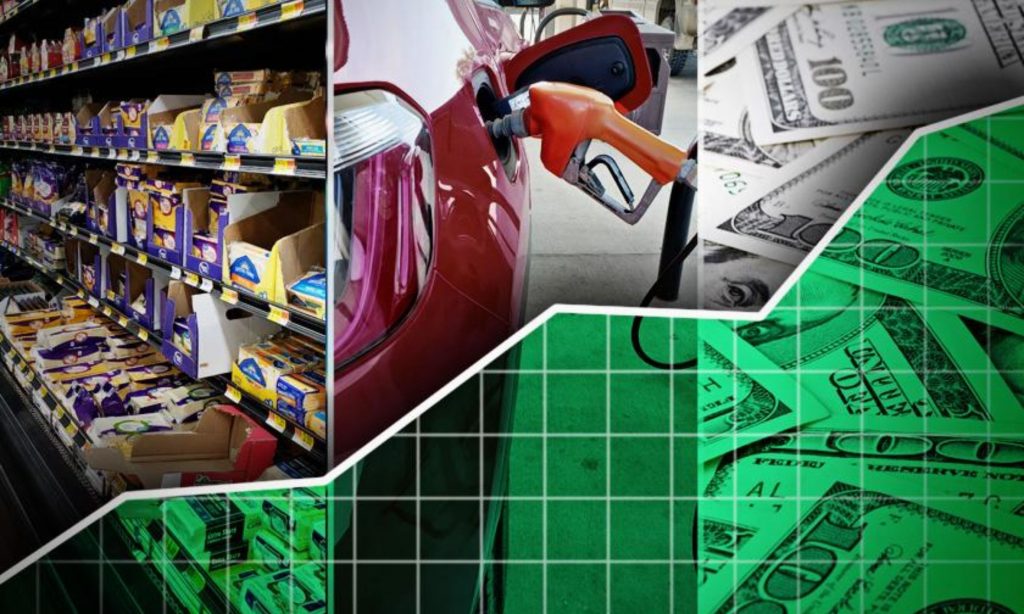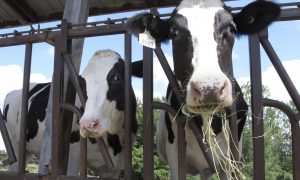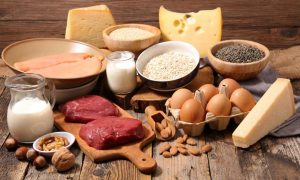
The Food and Agriculture Organization (FAO) Food Price Index (FFPI) has trended lower in every month since its March peak, dropping 2% from November to December. FFPI, a measure of global food price inflation, consists of price indices for cereals, dairy, meat, sugar, and vegetable oil. On a year-over-year basis, December’s FFPI fell 1%, driven solely by a 24% drop in the vegetable oil index, said Betty Berning, analyst with the Daily Dairy Report. Meat, sugar, cereal, and dairy indices were all higher in December, relative to December 2021.
“While December’s reading was hopeful, 2022 was challenging, with average food inflation increasing by about 14.3% compared to 2021,” Berning said. “On a real basis—as opposed to nominal—food inflation in 2022 set a new high, breaking the previous record set in 1974 during the world food crisis.”
Indices for dairy and sugar increased month over month in December, but meat, cereals, and vegetable oil declined compared to November. Dairy’s monthly gain was the first since June, due to an increase in international cheese prices that resulted from import demand and tight export supplies, according to FAO. Berning noted that the International Monetary Fund (IMF) cited several reasons for rising food prices, including lower-than-expected harvests, increasing fertilizer prices, and rising fuel costs.

This year is shaping up to be the third consecutive year of La Niña, when water temperatures are cooler than average in the east-central Pacific, Berning said. The last time that happened was in 1973 through 1976. A La Niña year can mean lower food harvests in parts of the world, and with fertilizer costs still sky high, farmers, particularly in low-income countries, could purchase less fertilizer or go without to manage costs, Berning said. Ant that could also lower yields and reignite food prices, Berning added.
“Rising food costs would mean consumers in developing countries could substitute less expensive foods, such as rice, beans, and flour for protein-rich foods like milk and meat,” Berning said. “As a result, as the world continues to deal with inflation in 2023, demand for dairy in poorer nations could weaken as consumers manage their food budgets.”
In the United States, consumers could also begin trading down the food ladder, especially if the economy weakens. For instance, restaurant sales have been increasing since August, but they have been driven mostly by inflated food prices. According to the U.S. Census Bureau, year-over-year sales at eating and drinking establishments in November grew 14% to $90.4 billion on a seasonally adjusted basis, but they rose only 2.7% when adjusted for inflation, according to the National Restaurant Association (NRA).
“With dairy a popular ingredient at fast-food chains, pizzerias, and sit-down restaurants, sales at eating and drinking establishments warrant watching because they could influence milk prices this year,” Berning said. “If an economic recession were to occur, dining at sit-down restaurants would be one of the first things consumers in developed nations forgo. Some consumers would trade down to pizza and fast food, which contain more Italian-style and processed cheeses, as opposed to high-end cheese, butter, and cream used generously by fine-dining restaurants.”






















